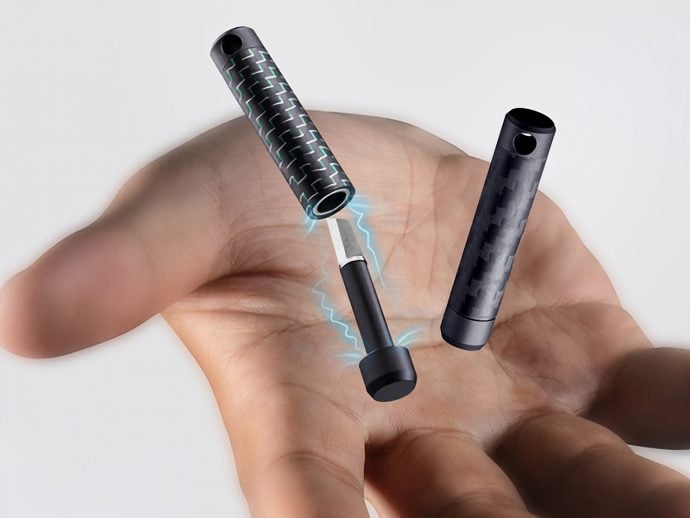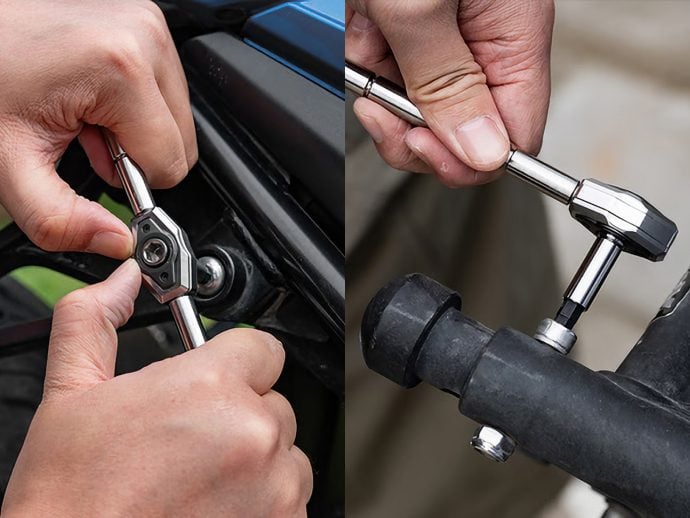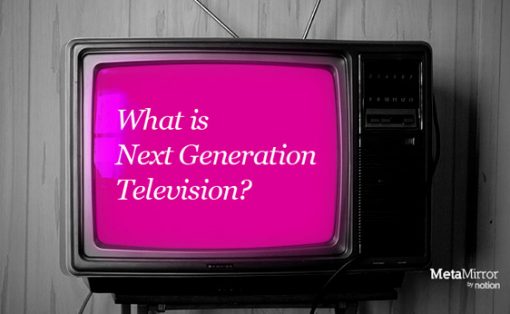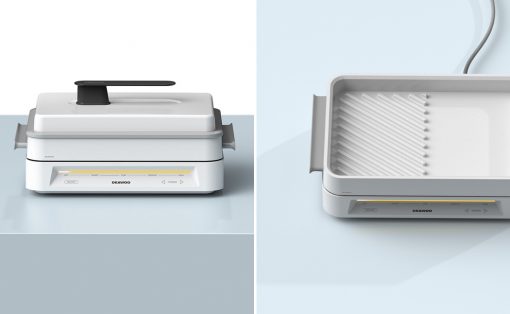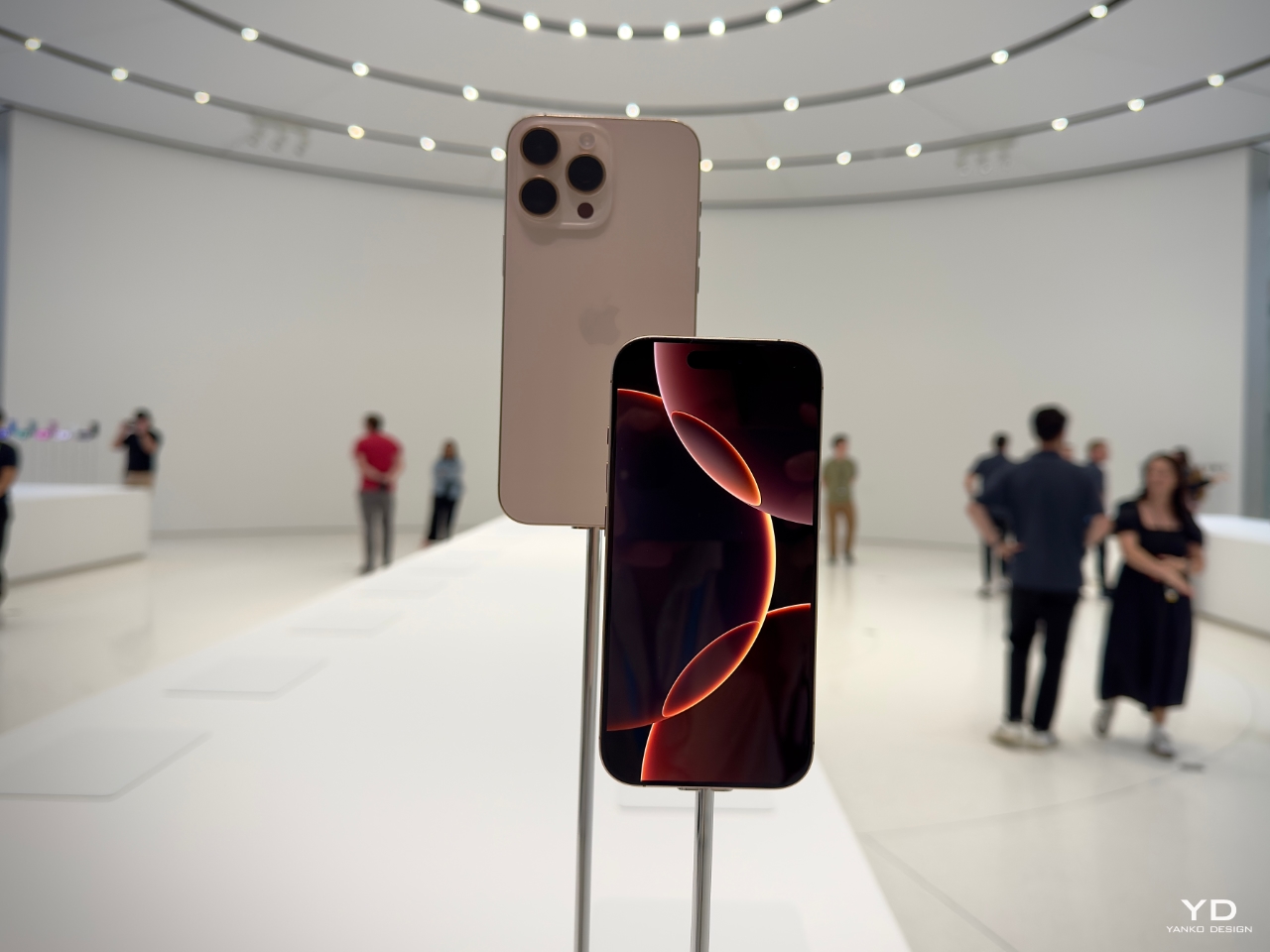
Apple’s latest iPhones are here: the iPhone 16, iPhone 16 Pro, and iPhone 16 Pro Max. With each release, many iPhone owners face the question of whether it’s worth upgrading. These new models bring changes in design, performance, and features, but the decision to upgrade depends on what you’re looking for in a smartphone. Let’s break down what each model offers and whether it’s a meaningful upgrade for you.
Designer: Apple
iPhone 16: The Standard Upgrade
The iPhone 16 sticks to Apple’s familiar formula but includes significant updates. The design remains the same as the iPhone 15, with a 6.1-inch display, Dynamic Island, and a range of new color options, including ultramarine and teal. The Ceramic Shield is now tougher, making it more durable than before, which is great for those who want a more resilient phone.
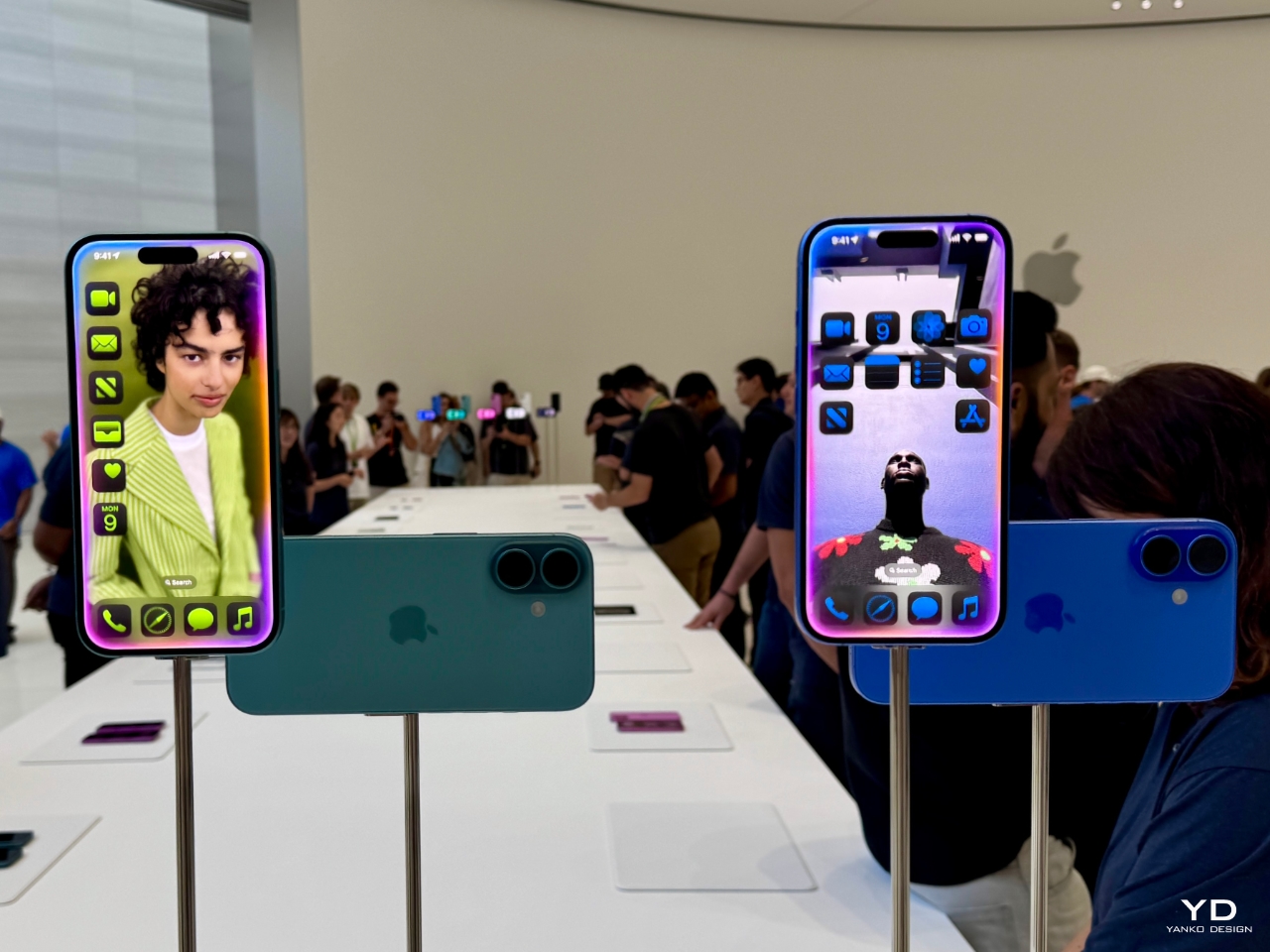
Apple iPhone 16
One of the most noticeable additions is the Camera Control button, which gives you easier access to the camera’s functions. This feature lets you tweak settings like zoom and exposure with a simple touch. The 48MP main camera remains, but the Ultra Wide lens is now more powerful, offering improved macro shots and better low-light performance.
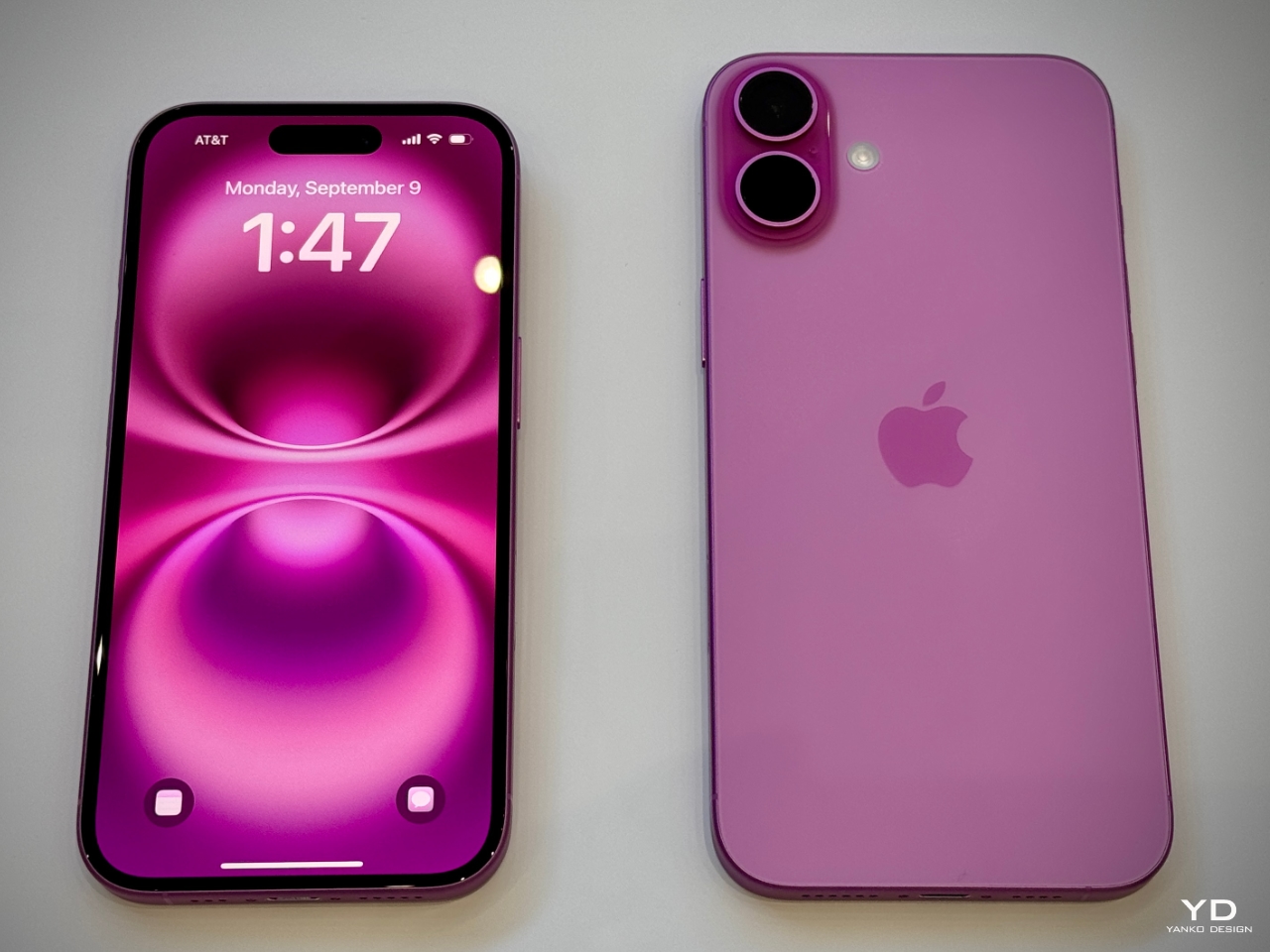
Apple iPhone 16
For those who use their iPhone for everyday tasks—like texting, taking photos, and browsing—the iPhone 16 offers solid improvements but nothing groundbreaking. The A18 chip provides faster performance and efficiency, giving you slightly better battery life than older models. Still, if you’re coming from an iPhone 14 or 15, the jump in features might not be enough to justify the upgrade unless you care about the latest camera and design tweaks.
iPhone 16 Pro: Bigger Display, More Power
The iPhone 16 Pro is a more compelling option if you’re looking for more advanced features. This model sees an increase in display size, now 6.3 inches, and offers a design that pushes the boundaries of screen space with its thinner borders. The titanium frame makes the phone lighter and more durable, while the larger screen and Always-On Display ensure a better viewing experience.
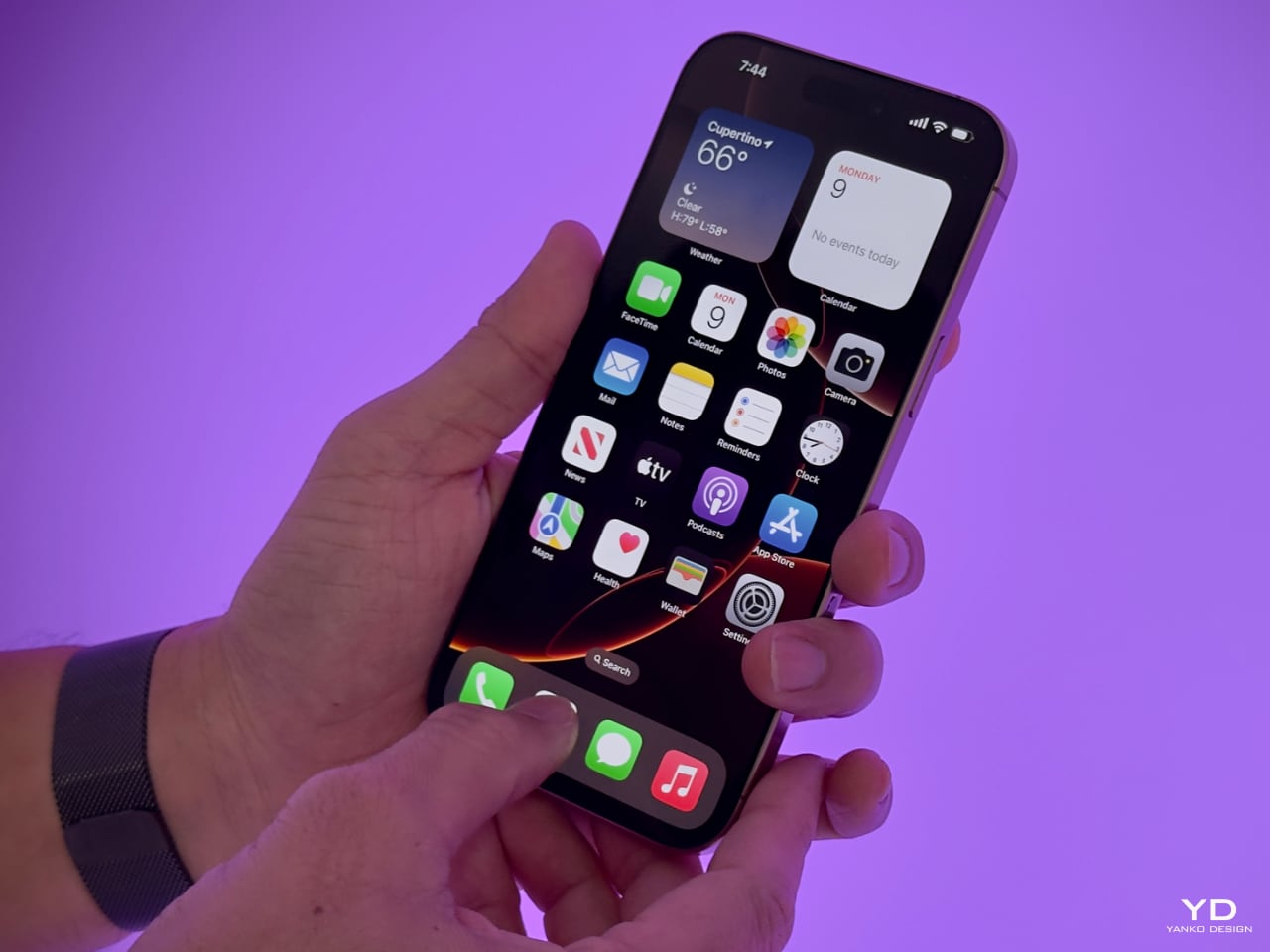
Apple iPhone 16 Pro
One key difference with the Pro model is the performance. Powered by the new A18 Pro chip, the iPhone 16 Pro brings faster processing and improved efficiency. Whether you’re a power user who switches between apps or someone who enjoys gaming on their phone, the performance boost will be noticeable. This chip also enables high-end camera features, like the ability to shoot 4K video at 120 frames per second.
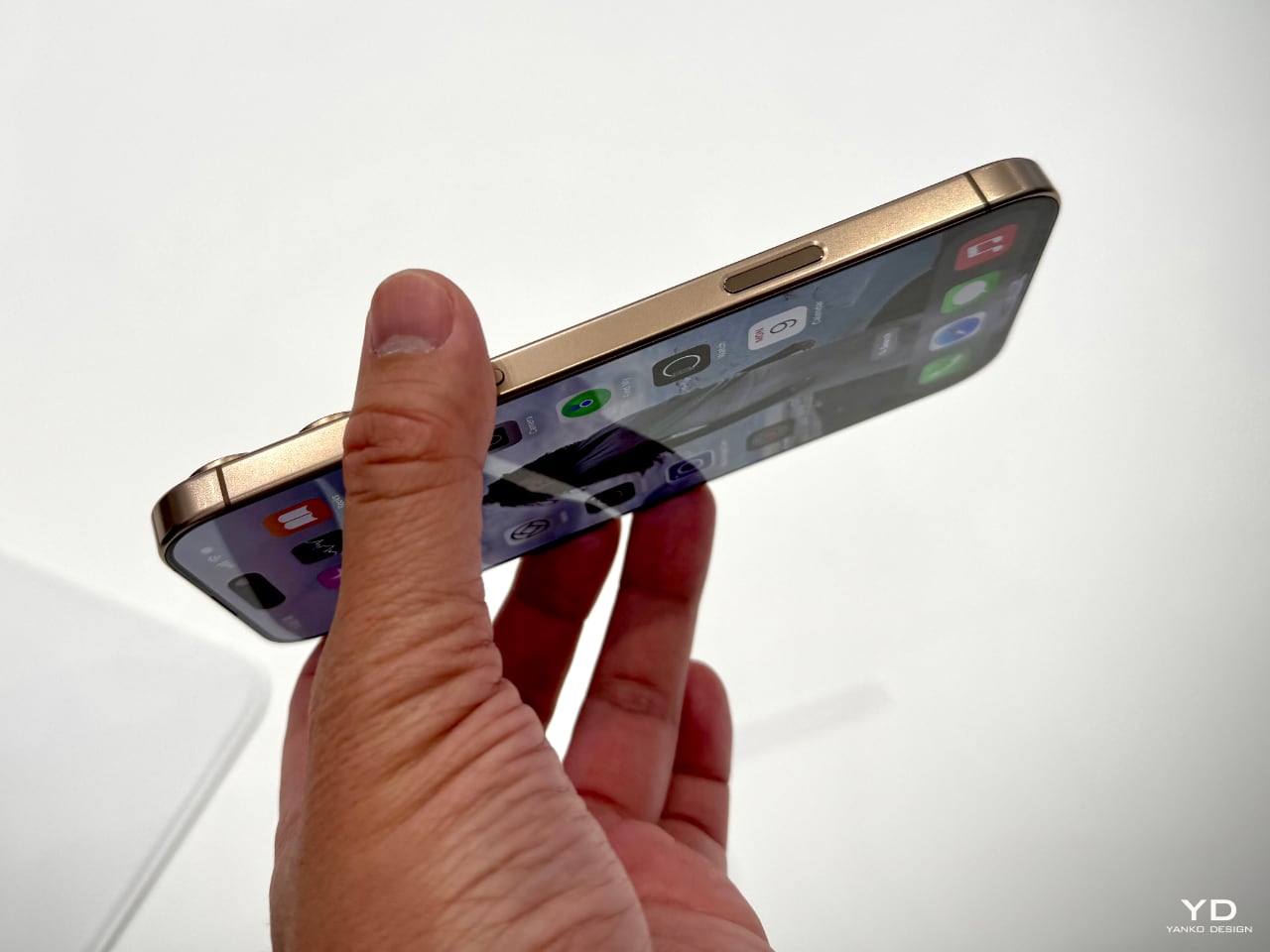
The camera system is a major selling point for photographers and content creators. The 48MP main sensor works with a new 48MP Ultra-Wide lens and a 5x optical zoom Telephoto lens, offering far more versatility in your photos. The Pro models also come with enhanced software, allowing users to adjust video playback speed after recording and capturing spatial photos and videos compatible with Apple’s Vision Pro headset.
The iPhone 16 Pro’s battery life is another highlight. Apple claims it will last much longer, which can make a difference for those who spend a lot of time on their phones during the day. If battery life, performance, and a more advanced camera are what you’re after, the iPhone 16 Pro could be worth the upgrade. But if you’re coming from the iPhone 15 Pro, these enhancements might not feel dramatic enough to switch immediately.
iPhone 16 Pro Max: The Full Experience
The iPhone 16 Pro Max is the largest and most expensive option in the lineup, with a 6.9-inch display. Like the iPhone 16 Pro, it features the new A18 Pro chip, which improves performance and power efficiency. The Pro Max also benefits from a bigger battery, offering the best battery life of any iPhone. This could be a crucial feature for those who need their phone to last throughout the day without recharging.
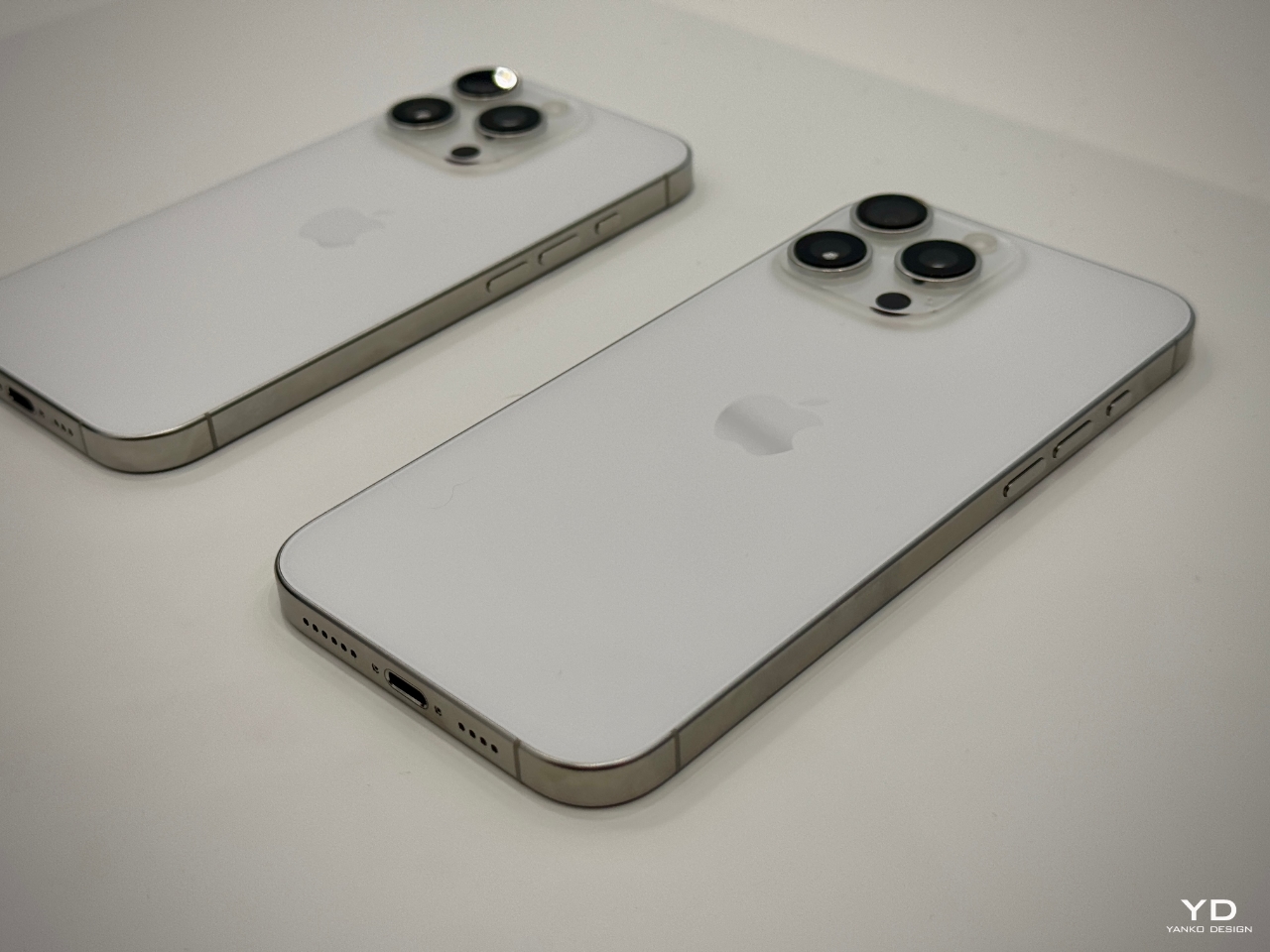
iPhone 16 Pro and Pro Max
The camera system is identical to the iPhone 16 Pro, with a 48MP main lens, 48MP Ultra Wide lens, and 5x optical zoom Telephoto lens. The Camera Control button gives you quick access to settings, while the new spatial video and photo features allow for immersive, 3D-like content creation. If you’re already a fan of Apple’s Pro Max series, the iPhone 16 Pro Max builds on what you love with a bigger screen, longer battery life, and even more camera options.
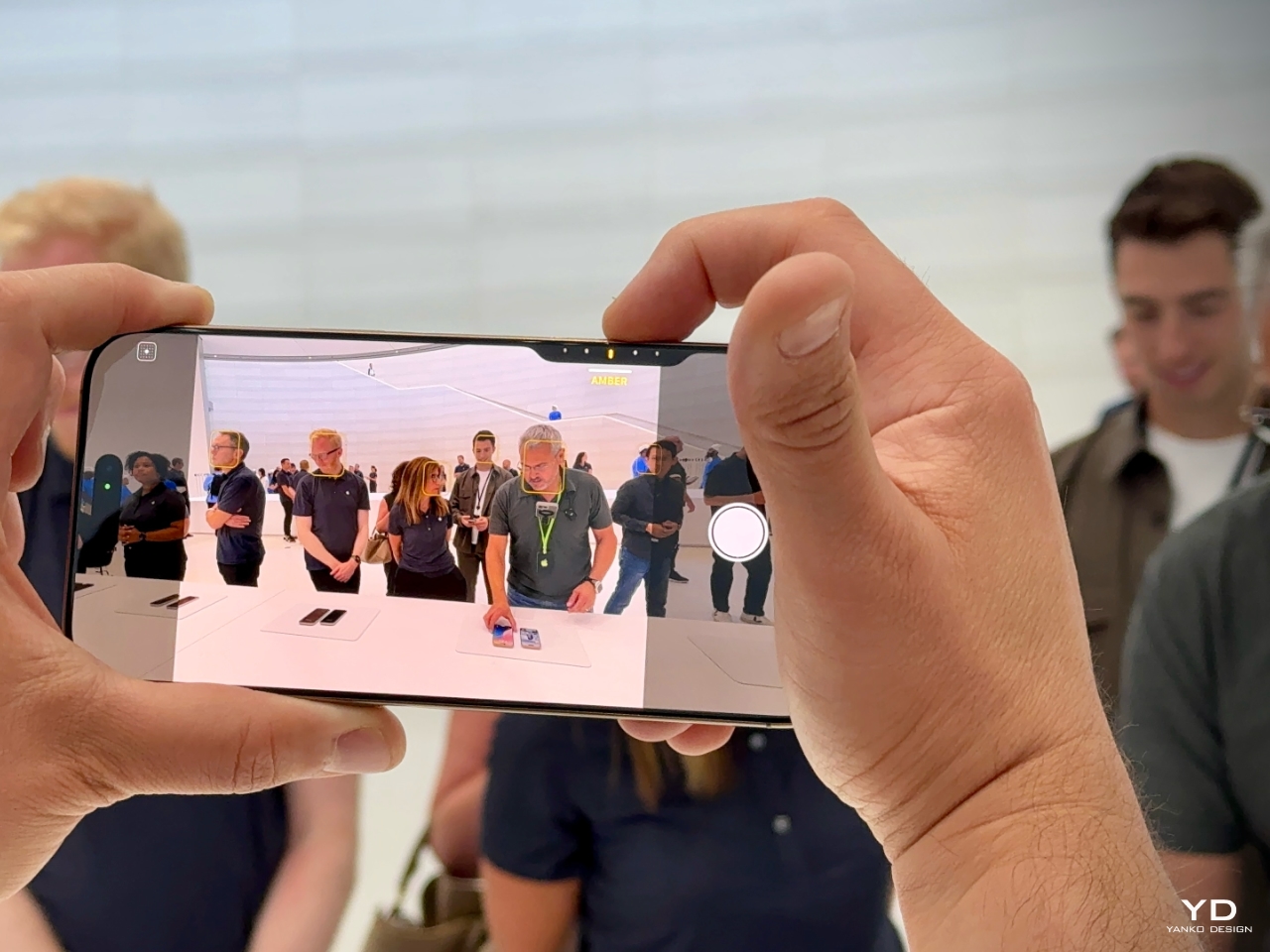
Apple iPhone 16 Pro Max Camera Control
However, if you don’t regularly use your phone for photography, gaming, or other heavy-duty tasks, the Pro Max’s price tag may not be justified. It’s designed for users who want the biggest and best of everything, but the size and cost might be overkill for casual users.
Should You Upgrade?
Whether you should upgrade to the iPhone 16, iPhone 16 Pro, or iPhone 16 Pro Max depends on your current use and what you value most in a smartphone.
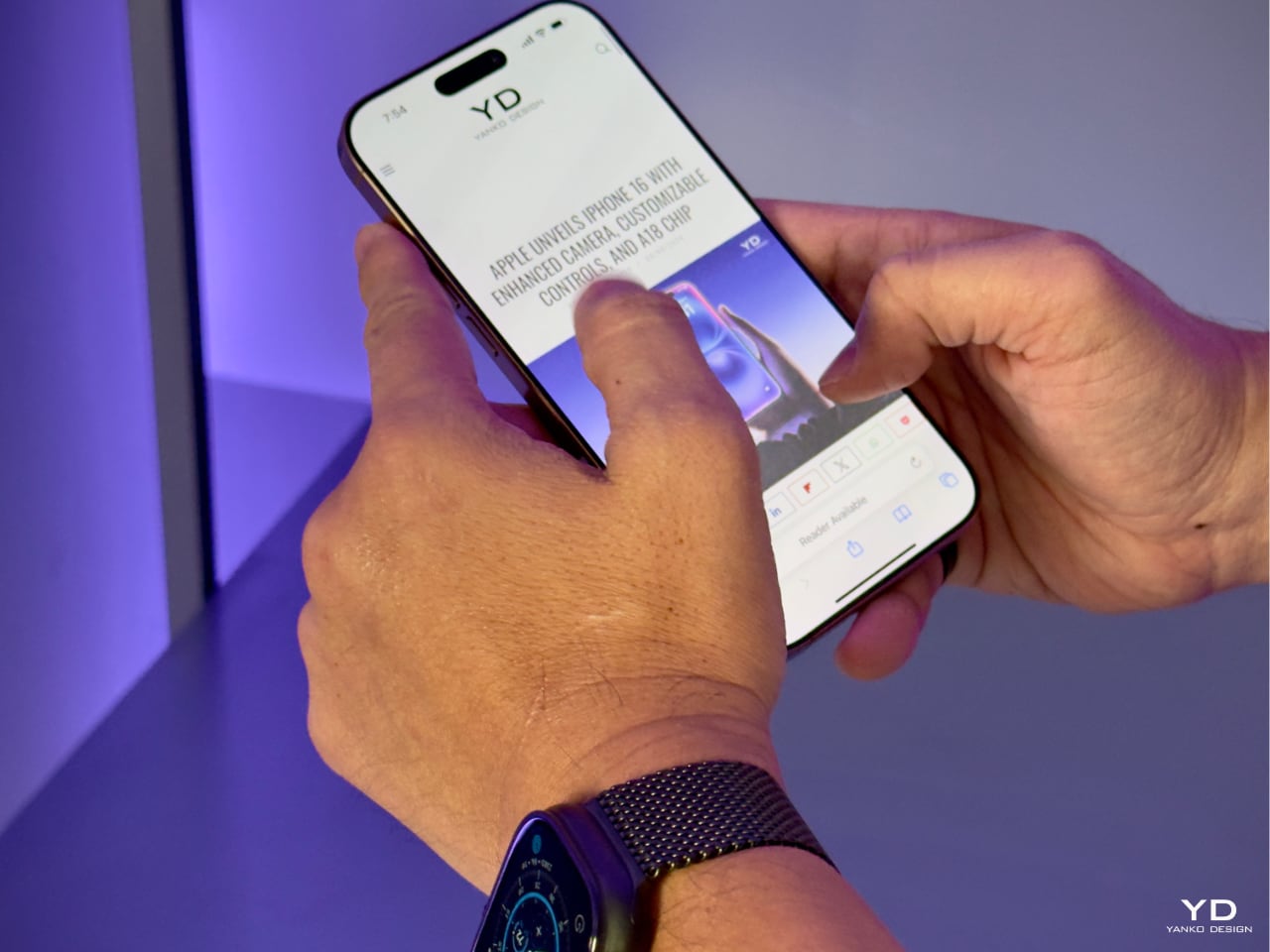
Apple iPhone 16 Pro
- If you’re using an iPhone 13 or older, upgrading to any model in the iPhone 16 series will give you substantial benefits. You’ll notice a significant improvement in speed, camera quality, and battery life. The design changes and software features like Camera Control will also enhance your daily use.
- The decision is more complex if you’re using an iPhone 14 or 15. The iPhone 16 brings useful upgrades, but they might not feel revolutionary. If you prioritize camera performance or want the latest AI-driven features like Visual Intelligence, the iPhone 16 or 16 Pro might be worth it. However, if you’re content with your current phone, you could comfortably wait another year for more significant changes.
- For Pro and Pro Max users: If you’ve already invested in a recent Pro model, the iPhone 16 Pro and Pro Max will feel familiar. The enhancements are valuable, especially for users who depend on their phones for photography, video, and gaming. But unless you need the latest camera features or the longest battery life, it may not be worth the immediate switch.
The iPhone 16, iPhone 16 Pro and iPhone 16 Pro Max offer a range of upgrades, but whether they’re worth the investment depends on your personal needs. If you’re using an older iPhone, these models will deliver significant improvements across the board. For those with newer models, the decision comes down to how much you value incremental updates in performance, battery life, and camera functionality. Ultimately, all three models are powerful devices, but the leap forward might not be enough to compel everyone to upgrade immediately.

